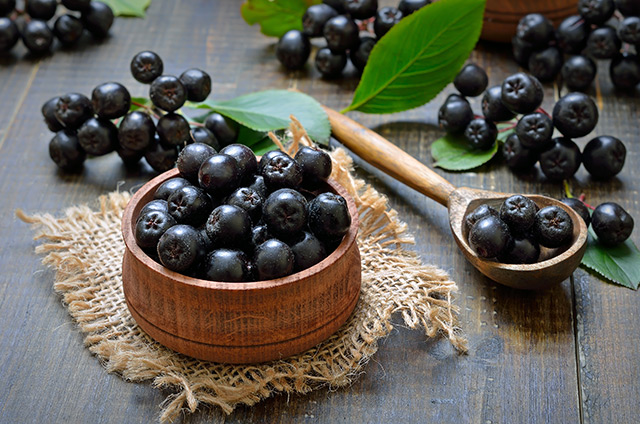Astaxanthin may counter the effects of sarcopenia in the elderly
01/18/2019 / By Ellaine Castillo

As people age, their muscles tend to degenerate. This leads to a debilitating condition called sarcopenia. Researchers estimate that a person loses one to two percent of their muscle mass each year after they turn 50. Moreover, muscle loss is accompanied by a 1.5 percent decline in strength, which can increase to three percent after the age of 60.
Although exercise and proper nutrition can significantly improve sarcopenia, some people need extra help from medications or hormone therapy. These conventional treatments account for 1.5 percent of the total health care expenditures in the U.S., highlighting the importance of finding appropriate remedies that don’t cost as much as current treatments do. Moreover, medications and hormone therapy for sarcopenia still aren’t well-studied, so they may cause adverse side effects that are yet to be addressed.
Researchers from the University of Washington wanted to come up with a natural supplement that could improve the conditions of patients with sarcopenia. They found that a formulation containing astaxanthin, vitamin E tocotrienol, and zinc significantly improved muscle strength in elderly subjects. This formulation was given alongside exercise training, which had less notable results when done alone.
In this study, which was published in the Journal of Cachexia, Sarcopenia and Muscle, the researchers gathered 42 elderly participants between 65 to 82 years old and assessed how the formulation enhanced the benefits of exercise training. The treatments were given one month before the start of the training period, which lasted for three months. The authors then determined the efficacy of the astaxanthin formulation based on parameters like muscle strength and size.
Results showed that the astaxanthin supplement improved endurance and the walking distance covered in six minutes. However, these results were also observed in patients receiving the placebo. Beneficial results that were only seen for the astaxanthin group include an increase in maximal voluntary force, muscle size, and specific force. The researchers attributed these effects to the antioxidant properties of the astaxanthin formulation since oxidative stress can interfere with signals for fixing damaged muscles. Moreover, it also has anti-inflammatory properties that can improve muscle growth.
Overall, this study proves that the astaxanthin formulation used is beneficial for people with sarcopenia since it has antioxidant and anti-inflammatory properties that can improve the muscle-building effects of exercise. (Related: Astaxanthin: The Little-Known Miracle Nutrient for Inflammation, Anti-Aging, Athletic Endurance and More.)
Other nutrients that fight sarcopenia
Nutrition plays a key role in improving the debilitating effects of sarcopenia. Its effects are synergistic with the muscle-building properties of exercise. So if you want to make sure that your muscles are getting all the help they can get, here are some other nutrients that fight sarcopenia:
- Protein — Protein encourages muscle tissue to build and strengthen. Among the different amino acids making up proteins, leucine, which is found in whey protein, meat, fish, and eggs, is believed to be especially essential for muscle growth. However, the muscle-building effects of protein tend to decrease over time. This means that you would have to increase your intake to achieve better muscles as you get older.
- Vitamin D — Studies have shown that people with insufficient levels of vitamin D have a higher risk of sarcopenia. Although the reasons behind this relationship are still not completely understood, researchers believe that this nutrient plays a role in regulating neuromuscular functions and protein synthesis.
- Omega-3 fatty acids — The beneficial effects of omega-3 on muscle growth, which can be enjoyed by anyone regardless of age, is partially attributed to its anti-inflammatory properties. However, recent studies suggest that this fatty acid is also directly involved in signaling muscles growth. Increase your omega-3 levels by eating more seafood or by fish oil supplements.
- Creatine — This specific protein produced in the liver improves the benefits of exercise on the muscle strength, even in patients above 60 years old. Although the body can produce creatine, you can also acquire more of it from meat or supplements.
For more articles about the different health benefits of astaxanthin, visit Nutrients.news.
Sources include:
Submit a correction >>
Tagged Under:
age-related muscle loss, astaxanthin, muscle loss, muscles, nutrients, sarcopenia
This article may contain statements that reflect the opinion of the author
RECENT NEWS & ARTICLES
LongevityScienceNews.com is a fact-based public education website published by Longevity Science News Features, LLC.
All content copyright © 2018 by Longevity Science News Features, LLC.
Contact Us with Tips or Corrections
All trademarks, registered trademarks and servicemarks mentioned on this site are the property of their respective owners.




















